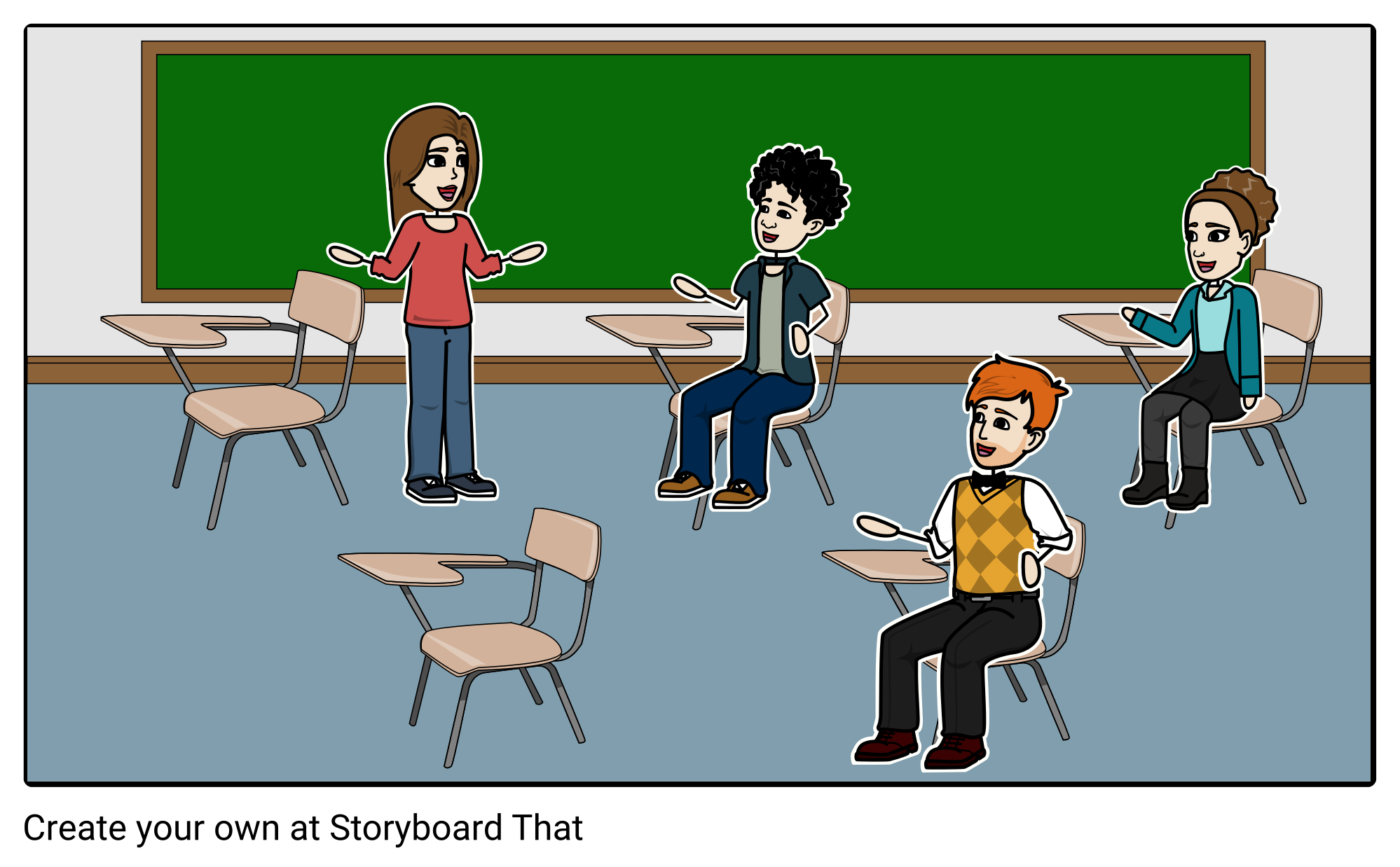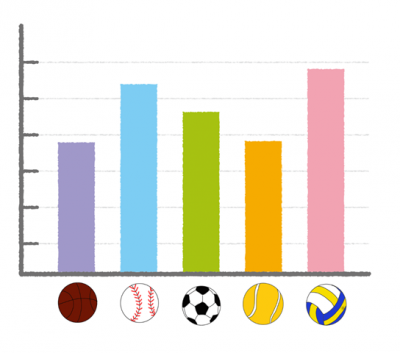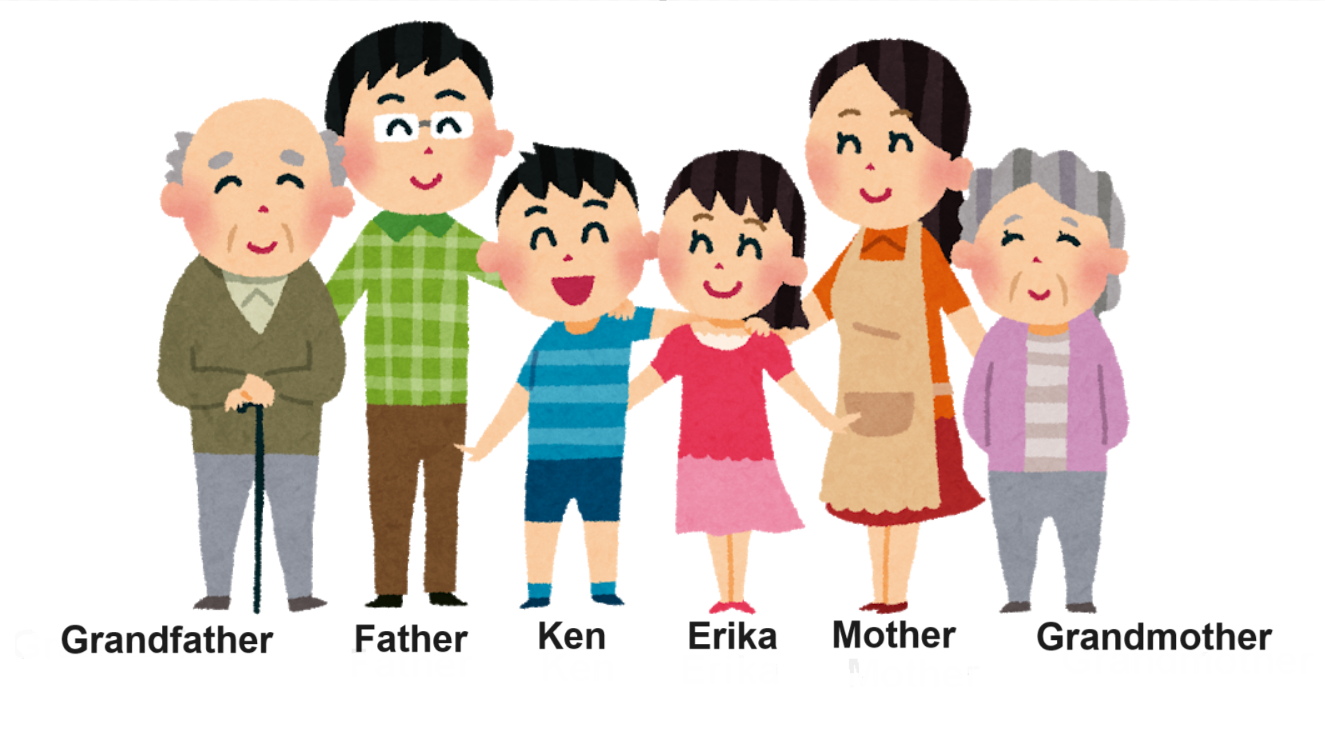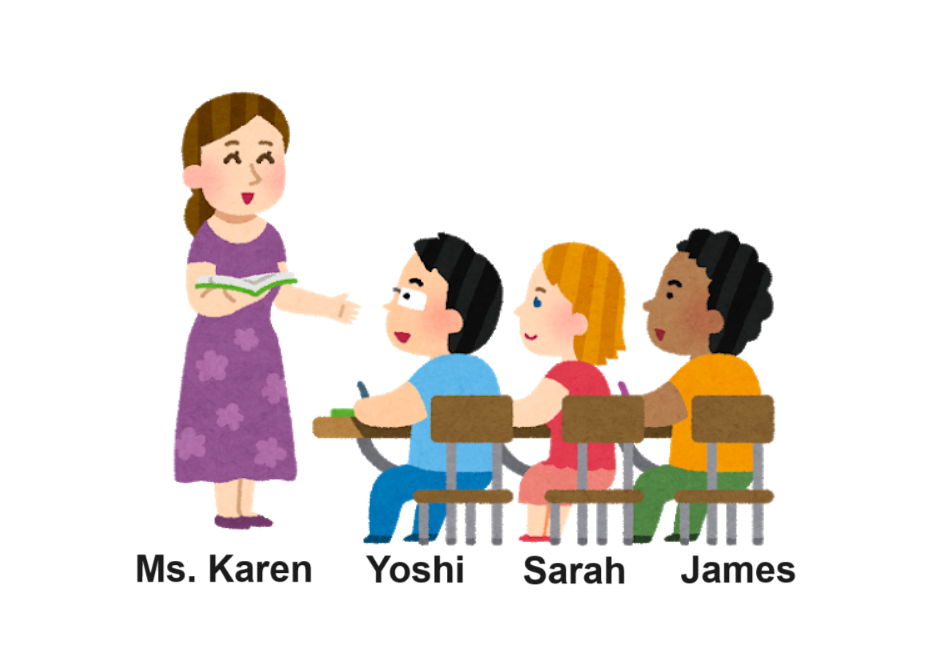It is a great pleasure to be here today.
本日、ここに出席させていただき非常に光栄です。
Thank you for coming.
お越しいただき、有難うございます。
I’m John Clarren from Southern State University.
Southern State Universityより参りましたJohn Clarrenです。
The subject of my presentation is about wearing of school uniforms.
私のプレゼンテーションの主題は学校の制服着用についてです。
Let’s begin the presentation.
プレゼンテーションを始めましょう。
The graph deals with the number of students who wear school uniforms.
このデータによると、80%の生徒は学校の制服を着ています。
According to the data, 80% percent of students wear school uniforms. While the remaining 20% wear smart casual clothes because of the following reasons. First, the prescribed uniforms are expensive. Second, some students feel uncomfortable with the uniform. Lastly, some teachers allow students to attend their classes even without wearing the prescribed uniforms.
グラフは学校の制服を着ている生徒数を示しています。一方、残りの20%の生徒はスマートカジュアルな服を着ておりその理由は以下です。
まず規定の制服は高いから、次に制服は快適でないからです。最後に、数名の教師は既定の制服を着ていない生徒にも授業の参加を認めているからです。
To summarize the presentation, I’d like to mention that not all students wear the prescribed school uniforms. One of the main reasons why they do not wear school uniforms is because the school does not have a policy that prohibits them to wear casual clothes.
プレゼンテーションをまとめると、すべての生徒が学校制服を着ているわけではないと言えます。
If you have any questions, please don’t hesitate to ask.
質問がある方は、遠慮なく聞いてください。
To conclude this presentation, we should implement a policy on wearing of school uniforms.
このプレゼンテーションをまとめますと、制服を着るようにルールを設けるべきです。
We’ve covered each item on the agenda. That will be all for today.
議題にあるすべての項目を話しました。今日は以上です。






 GOOD
GOOD
